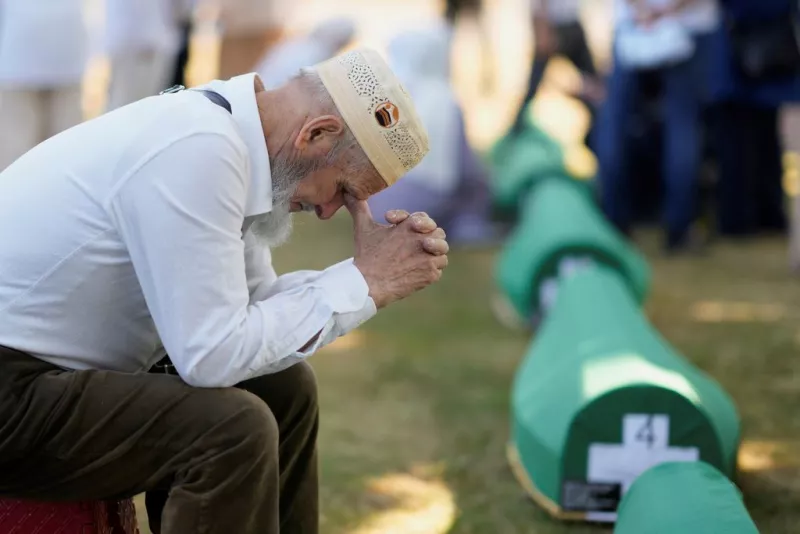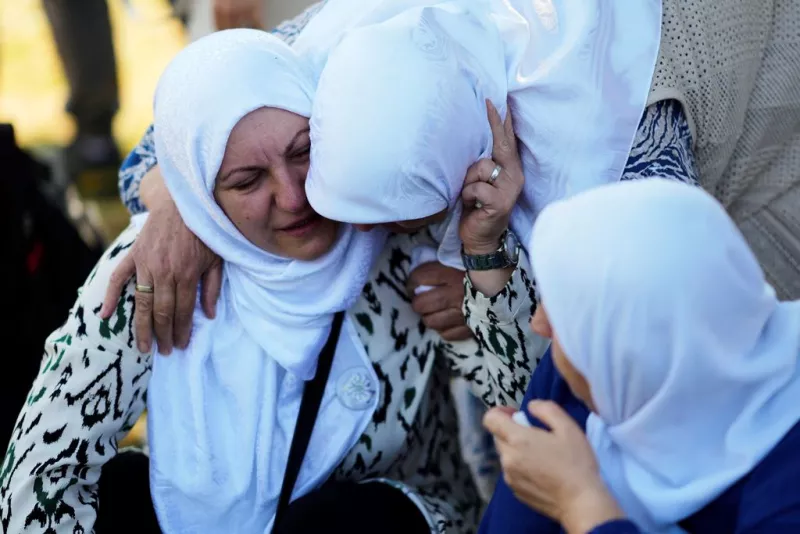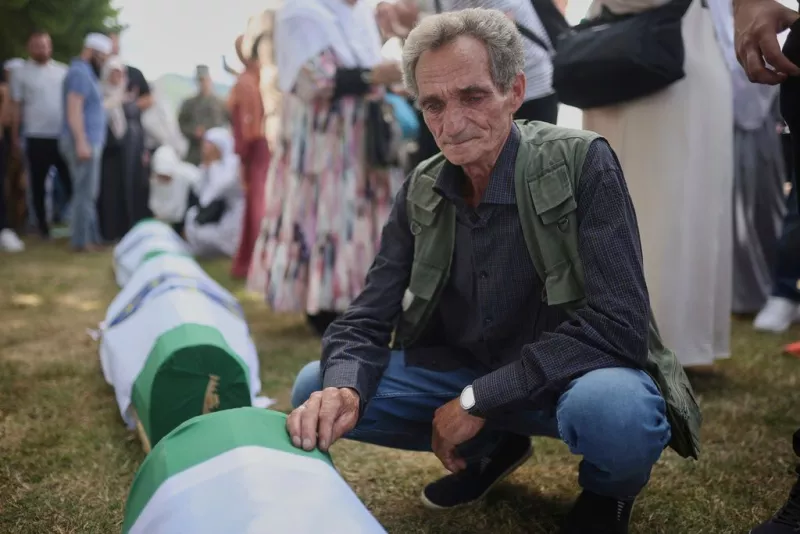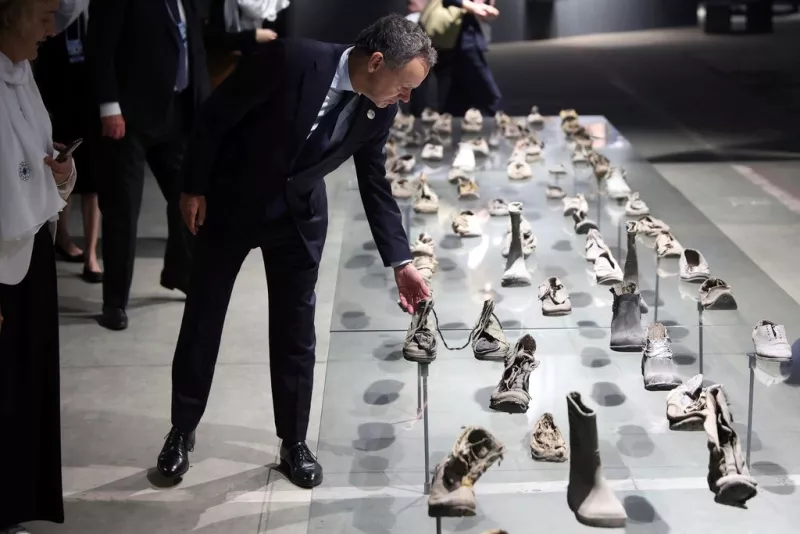Thousands of Bosniaks gathered today at Potocari Cemetery near Srebrenica to honor its 30th anniversary slaughter of 8,000 Bosnian Muslim men and boys from Serbian forcesduring the 1992-95 war.
Srebrenica’s genocide is the worst atrocity in Europe after World War II, which still haunts the three million inhabitants of Bosnia and Herzegovina while about 1,000 victims have not yet been found
Families who recovered victims are increasingly choosing to bury at least a few bones in a last rest area. In today’s ceremony, some relics of seven victims are going to be buried next to 6,750 already buried.
Survivors, families and officials – including European Council President Antonio Costa – walked along white memories. Some prayed and wept next to the graves or sat still with their head sank in their hands.
Last year, the UN General Assembly declared the July 11th day of the genocide in Srebrenica, with many countries organizing memory events this year.
“It should never be forgotten. Who can say that it was not genocide? Only a man without a soul, “said Sampatea, a simple woman from the Eastern city of Gorazde.
The massacre unfolded after Srebrenica – designated by the UN “secure region” for civilians in the Bosnian war – was flooded by the forces of the Bosnios -scent.
While women chose to go to the UN building complex, the men attempted to escape through forests, where most were caught. Some were executed immediately and others were led to schools or warehouses where they were killed in the following days.
The bodies were granted to puddles and were fed months later scattered into smaller graves in an attempt to hide the crime.
The general Ratko Mladicwhich ruled the Bosnios -of -the -art forces, was convicted of genocide by a UN court for war crimes in The Hague with Serbian political leader Radovan Karadzic.
Two international courts ruled that the massacre was genocide, but Serbian leaders in Bosnia question the term, death of deaths and the official explanation of what happened – reflecting the conflicting narratives of the wars of the former Yugoslavia and the former Yugoslavs. Eu.
Source :Skai
With a wealth of experience honed over 4+ years in journalism, I bring a seasoned voice to the world of news. Currently, I work as a freelance writer and editor, always seeking new opportunities to tell compelling stories in the field of world news.














